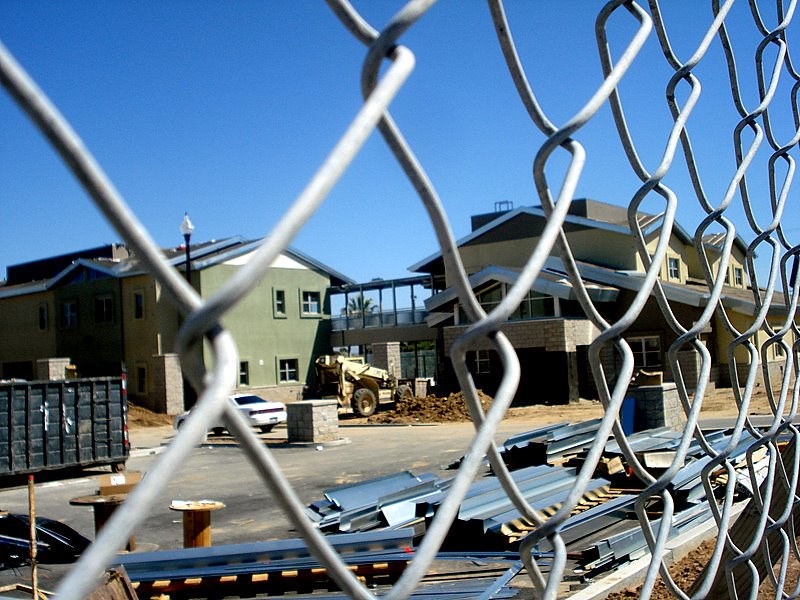Have a story idea
Have a story idea? Send it to us here.

Source : Flickr
January 6, 2023
Author : Alex Bustillos
Last month California voters passed 65 of 94 K-12 and six of seven community college construction bond initiatives. This will generate $20 billion worth of renovations and the construction of new buildings.
However, this year the 71% approval rate fell short of the 80% average seen since 2001. The school bond needed 55% of voter approvals to get sanctioned, and a few districts lost on to the funds by a whisker.
A $7.7 million bond to update old classrooms, repair leaking roofs, and enhance internet connections was rejected by 3 points in Ferndale Unified, a 460-student district in Humboldt County.
While the $200 million major repair and renovation plan for Napa Valley Unified fell short by 0.4 percentage points, the $250 million rehabilitation plan for the 20,000-student Fairfield-Suisun Unified in Solano County narrowly won by 0.01% votes.
The most successful bond efforts totaled $5.3 billion for the Los Angeles Community College District, $3.2 billion for San Diego Unified School District, $1.7 billion for Long Beach Unified, and $572 million for the East Side Union High School District in San Jose.
Considering the challenges that construction projects faced, Jeff Becker, executive director of facilities for the Office of the Fresno County Superintendent of Schools and also chairs the Coalition for Adequate School Housing or CASH, said he was glad voters expressed concern for school facilities in so many districts and approved adequate funding.
He listed several contributing factors that outraged some voters. Earlier, some districts used federal and state Covid relief for health and safety improvements. He assured that the public that it would not be the case in the future.
In previous elections, supporters of school bonds could point to state funding for school construction that covered half the cost of new construction and 60% of restorations as an enticement. However, the state ran out of matching funds after Proposition 13 was lost in March 2020, when Covid was on the horizon. It would have provided $9 billion in funding for early childhood education and K-12 facilities. In March 2024, legislators will likely discuss putting a fresh state bond proposal before voters.
The bond initiative faced major setbacks for a $450 million project in Livermore Valley Joint Unified in Alameda County and a $230 million proposal in Vacaville Unified in Solano County. However, most of the bonds that failed were in small, rural districts such as Red Bluff Unified, located at the northern end of the Sacramento Valley.
Voters rejected the elementary school district's request for a $14.1 million bond to upgrade the district's four schools by replacing outdated portables, installing fencing, locks, and other safety features, fixing faulty sewers, and other renovations.
Superintendent Cliff Curry stated, “In a conservative area like this, people are cautious about economic matters.”
More than half of the 45 portable classrooms in Red Bluff belong from the 1970s and 1980s. Older portables, which were never intended for long-term use, require constant maintenance. Some repairs cannot be postponed until the following election cycle. To pay for them, the district intends to apply for state emergency assistance, draw from its general budget, and use money left over from a 2017 bond.
67 votes defeated Measure E in the Sierra foothills' Mark Twain Union Elementary District. The $9.3 million bond would have paid for new laptops, new windows and roofs, transitional kindergarten classrooms, and other enhancements at the district's two campuses.
A similar situation was noticed in Calaveras Unified, where due to the defeat of the previous bond proposal, the school board scaled it down to a $39 million bond, emphasizing the construction of large vocational institutes. Yet, it only received 49% votes, 3 points less than what it got 2 years back.
Authorities in these areas are now pining their hope on 2024 voting, though some appear not very optimistic.
Category : State Government Schools
